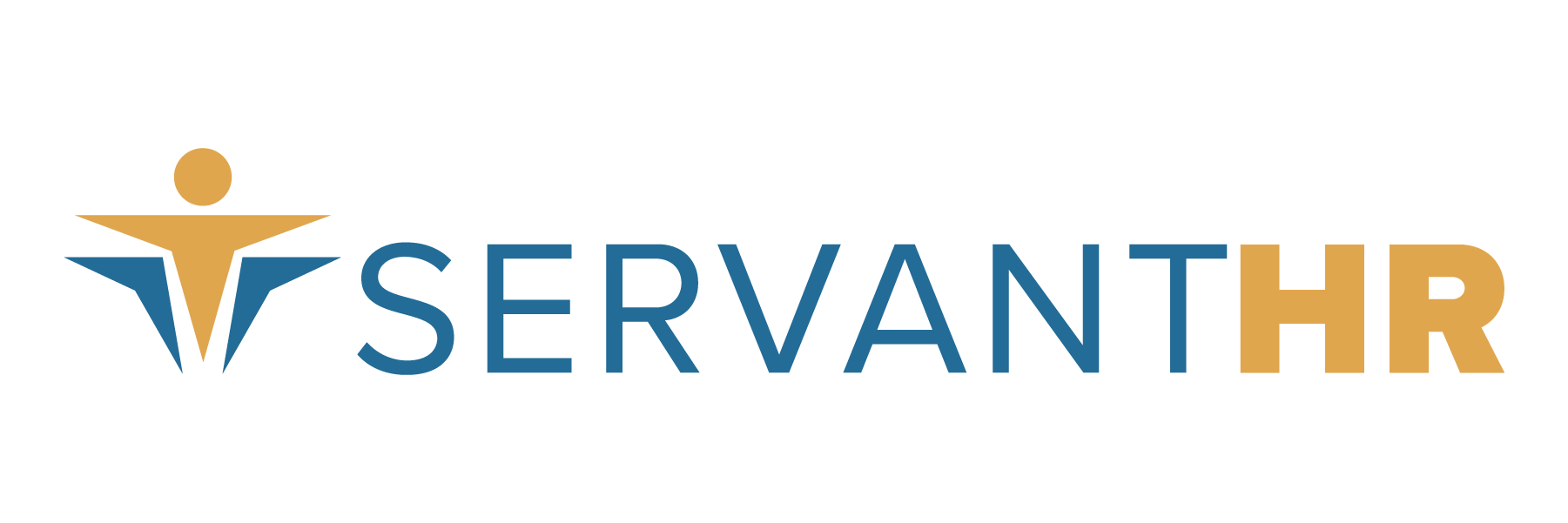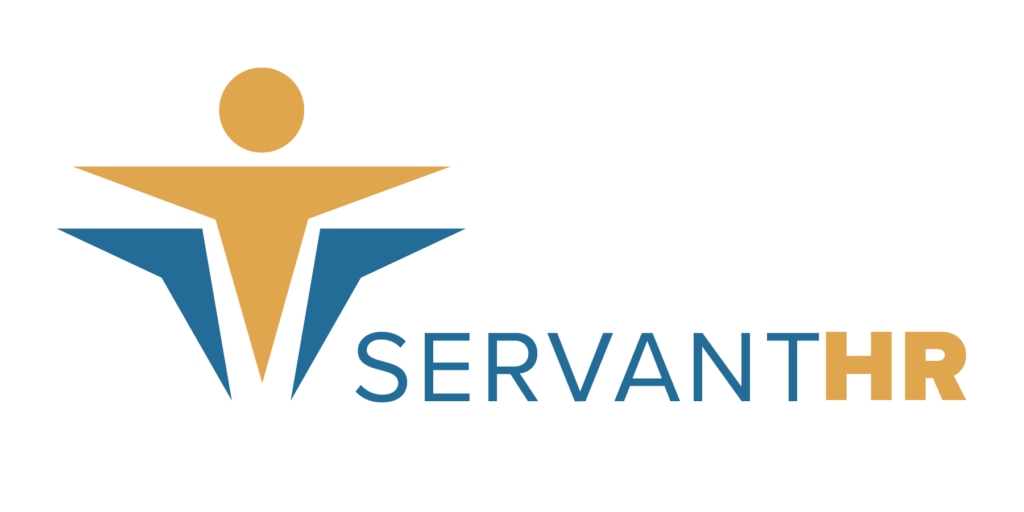Every year, Servant HR client Edge Mentoring, brings renowned speakers to the heart of Indianapolis for the half-day EDGE|X leadership conference. The conference audience is people leading in all arenas—workplace, community and home—and this year’s EDGE|X conference theme is “People Centered Leadership.”
This theme hits close to home for us in HR, as a good human resources team focuses first on humans! Naturally then, a healthy HR team plays a strong role in organizational leadership development.
While often viewed as a heads-down operation, HR should perhaps be the most people-centered in its vision and approach toward company development. Meeting this expectation requires HR professionals to step up to leadership themselves—consistently offering strategic opportunities for internal growth.
As advocates for employees, it is necessary for HR to prioritize investment in their company’s people. Investment looks like a variety of things, from relationship building to internal promotions, but perhaps the most popular way HR promotes leadership development is corporate training.
Less Training, More Practice
The 70:20:10 principle claims 70% of learning happens from on-the-job experience, 20% from bosses and mentors and 10% from formal training. However, “traditional HR” tends to focus majority of energy on the 10% formal training—seminars dedicated to bagels, leadership styles and self-reflection.
Despite being imbalanced, research also shows too much introspection actually amplifies our blind spots—the exact opposite of the intended effect. Richard Pascale, acclaimed Fortune 500 adviser and faculty member at the Stanford Graduate School of Business, says in his book Delivering Results, “Adults are more likely to act their way into a new way of thinking, than to think their way into a new way of acting.”
Insight vs. Outsight
A more strategic opportunity for leadership development is offering experience. The term “outsight,” coined by UK organizational behavior professor Herminia Ibarra, is defined as “the fresh, external perspective that comes from doing new and different things and interacting with new and different people.”
Directly opposite of formal training guiding you to personality insights, outsight involves trusting the 70:20:10, evaluating job experiences first and trying out employees in different spaces. Spending time with this 70% demonstrates HR as people-centered leaders.
This approach is certainly more difficult. The relational work combined with the risk of assigning jobs different from what employees have done in the past, makes a self-reflection seminar sound pretty good.
However, research shows strategic views of work are developed best through “experience in an internal project outside of usual responsibilities.”
To put it simply, people become better leaders by practicing leadership.
For HR, the job here is understanding the work employees have done forever, and then designing cross functional projects that challenge their comfort levels and offer exposure to senior leadership. Essentially, giving people places to practice.
The Role of HR
Whether outsourcing with a PEO, or housing an internal department, the separation from a company puts human resources in a powerful and unique position. As a kind of third party, HR is able to maintain an objective position when evaluating the needs of an organization.
HR also has access to cross-cutting relationships through its work with every level in a company. Encouraging diverse and externally focused networks for both the work table and the executive table, keeps ideas fresh and lets employees know they are valued by their employer.
This doesn’t mean including random employees in all high-level meetings. But, it does mean assigning side projects and activities to help cultivate new relationships and skills. (After all of that, then we can do the self-reflecting!)
The responsibility of HR is to care for a company as a whole. HR professionals steward their function well by cultivating the best possible relationships and opportunities for both employer and employee. This requires an entirely people-centered approach to leadership, and this approach in return, creates people-centered leaders.
But don’t just take it from us! To learn more about people-centered leadership and how you can cultivate these leaders in your organization, register for the Edge|X conference on Friday, October 5th. We’ll see you there!






